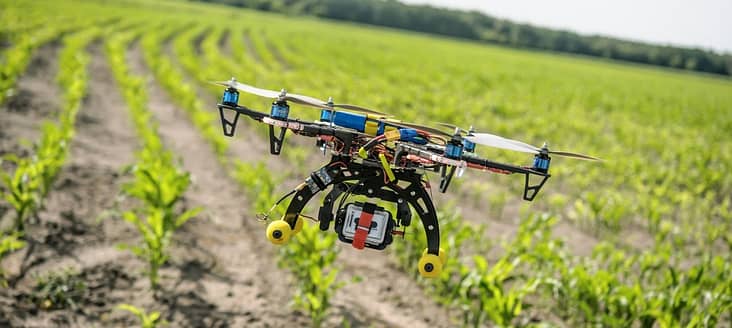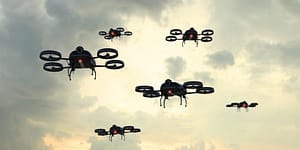Technological Updates in Drones

Drones are typical aircraft-look-alikes that are made of light composite materials, which increases their weight and maneuverability. The strength in these composite materials allow drones to cruise at extremely high altitudes. A remote ground control system is used to control the drones. The drone is composed of two parts, the drone itself and the control system. All sensors and navigational systems are located in the nose of the unarmed aerial vehicle. Although there is a notable technological improvement done, the research and the development is still on-going.
The drones are built with unique engineering materials which are highly complex and designed to absorb any vibrations which regulate the sound produced. The materials used to create the drones are very light to enable the drone to work efficiently. Drones come in a variety of sizes. Nowadays in the current market there comprises smart-drones. When you compare the past drones and the current ones in the market, there is a perceptible gap.
The drones are more efficient in their work because the technology is tellingly improving. It has made these drones to be more functional. The current drones have a mechanism that the controller only presses the remote button, and the drone returns to the home point. When contact between the remote and the Drone system is lost, the drone can automatically return to the home point. Anyone can wow this technology because it is making things better and more fathom. Though this technology is not yet revamped to the maximum, these are the updates in drone technology we, in the future, expect.
that the controller only presses the remote button, and the drone returns to the home point. When contact between the remote and the Drone system is lost, the drone can automatically return to the home point. Anyone can wow this technology because it is making things better and more fathom. Though this technology is not yet revamped to the maximum, these are the updates in drone technology we, in the future, expect.
Improvements in Batteries
While drone technology has been able to get smaller, and lighter drones, there is one thing that has been left lagging, which is power. The batteries only last for a few minutes, and they are not able to keep energy for long. The need for a sempiternal power source has to be on the top list. It will enable these drones to fly for long hours instead of minutes.
Intricate Camera Integration
With 3D sensing technology, cameras will not only be used for aerial photography but also for navigation and orientation in relation to the feedback on the on-board computers to implement obstacle avoidance. Despite making things more accurate and easily recognizable, it will also be more robotic and with enhanced AI.
Software to Enable Drones Analyze Their Surrounding
The on-board system that is currently used increases the weight of the drone and uses up a lot of power. The drones will use a computer vision software that will allow you to stream videos back to object recognition server. It will enable the drones to analyze terrains and act according to specific sets of predefined diktat. Something that will provide a clear picture.
weight of the drone and uses up a lot of power. The drones will use a computer vision software that will allow you to stream videos back to object recognition server. It will enable the drones to analyze terrains and act according to specific sets of predefined diktat. Something that will provide a clear picture.
